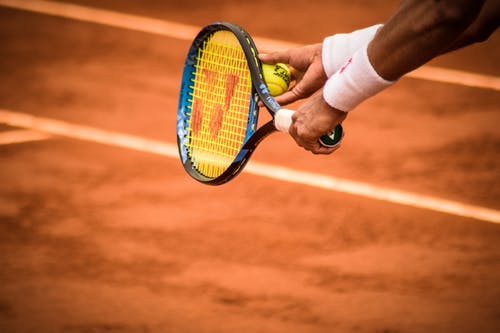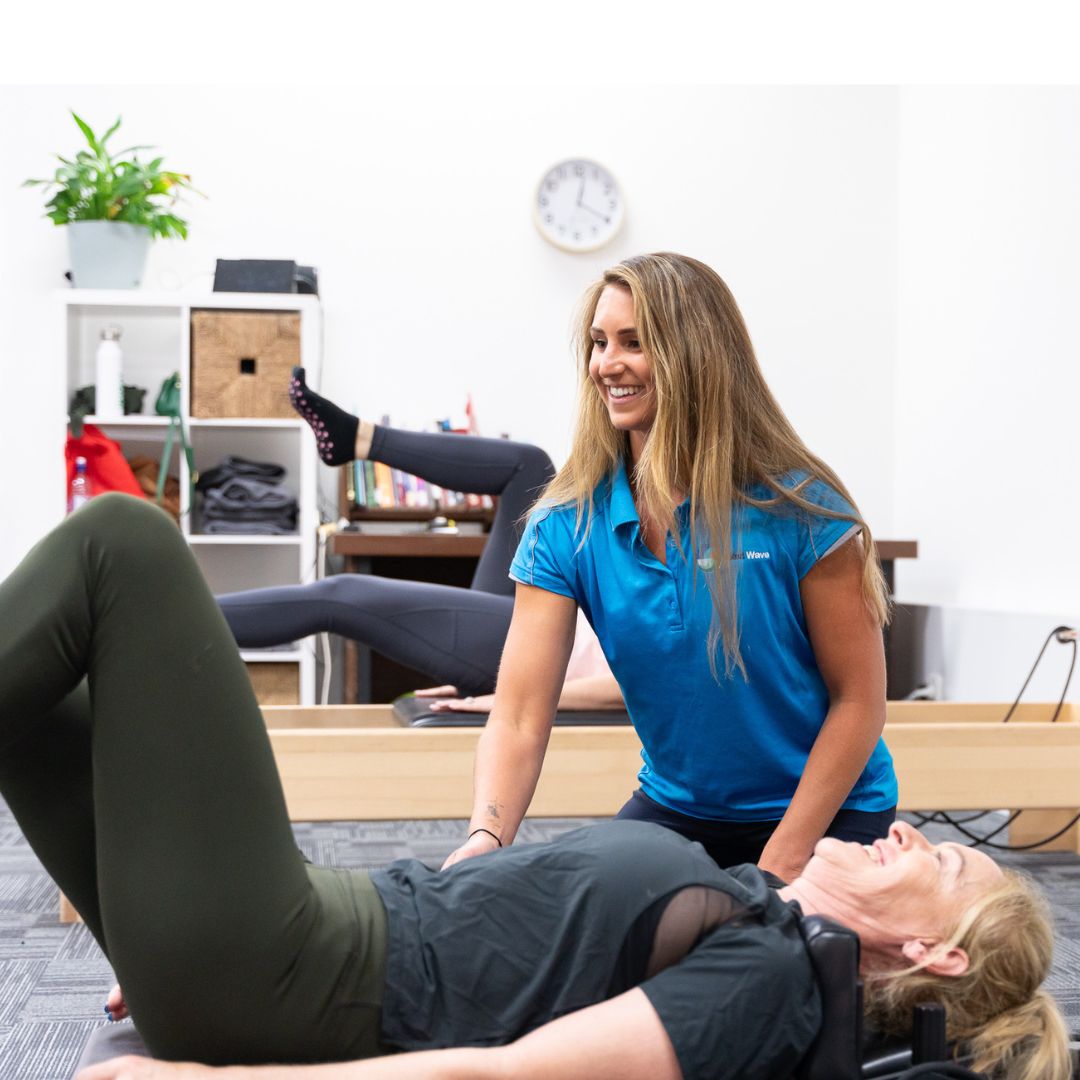
Lateral Epicondylalgia “Tennis Elbow”
A brief summary for tennis players and non-tennis players alike:
Lateral Epicondylalgia, more commonly known as “Tennis Elbow”, is a common musculoskeletal condition, which a large majority of the population will experience. Regardless of whether they are a tennis player or not!
This condition typically presents as pain on the outside of the elbow that intensifies with gripping activities such as holding a tennis racket or even turning a doorknob.
Commonly accepted figures in the literature surrounding this condition, would suggest that 1 to 3% of the general population at any time will be experiencing lateral epicondylalgia. Furthermore, projections in data would estimate that 40% of people will experience lateral epicondylalgia at some point in their life.
Most commonly lateral epicondylalgia presents in both males and females aged between 35 and 54 years old. People who are more at risk of developing this condition include: smokers, manual workers and of course… tennis players.
So How Does ‘Tennis Elbow’ Develop?
It is a commonly accepted idea, however simplified, that lateral epicondylalgia is the result of a rapid overuse of the wrist extensor muscles. These muscles span from above your elbow, down your forearm, and over the back of your wrist.
Essentially this rapid overuse causes a dysfunction at the tendon for these extensor muscles. Tendons, like muscles, adapt to different loads overtime. However when an inadequate amount of time is given to a tendon to adapt. A dysfunction may occur which results in conditions such as lateral epicondylalgia. We call these conditions tendinopathies.
Tennis elbow is more than a tendinopathy
The research on this condition does however suggest that lateral epicondylalgia is more than just a tendinopathy. As such it is important to consider neural involvement through the arm, as well as consider the mid and upper spine. These can be commonly overlooked contributing factors when lateral epicondylalgia is identified in an individual. As such a thorough Physiotherapy assessment is important to identify and address all of these possible contributing factors.
Treatment for Tennis Elbow
Early Stages – How do we reduce the pain?
During the early stages of this condition the primary goal of treatment is to reduce the sensitivity and pain of the tissues surrounding the elbow. This can be effectively achieved through a variety of methods.
Number one… rest! A general guiding rule with lateral epicondylalgia is to take roughly 2 weeks of rest in order to give the tissue some time to begin the recovery process. On top of this, there are a number of modalities a physiotherapist can apply to reduce the pain even more. This includes; adapting painful movements to make them pain free, ice massage, friction massage, taping/bracing and even dry needling. When administered by a physio, all of these methods can help to drastically reduce pain in these early stages.
My 3 top tips for reducing Lateral Epicondylalgia pain are:
1. Rest! Avoid activities which including grapping and twisting as much as you can for roughly 2 weeks.
2. Icing. Icing over the outside bony part of your elbow, helps to reduce pain a lot! I would always advise to ice for 20 minutes at a time, ensuring that you give 20 minute breaks between each icing session. Keep repeating with your icing sessions until the pain starts to go away.
3. Pain-Free Squeezes. This one is a little tricky to describe. Basically you need to tie a band firmly around your forearm, just below the elbow (not so tight that you cut off circulation!). Once you have done this you should be able to squeeze your hand without pain. Perform 10-20 squeezes based on what you can do without pain coming back on. Repeat this 3 times and complete once a day, every day.
The Road to Recovery… and how to avoid it happening again!
So getting out of pain initially is all well and good.
But how much better would it be if that pain didn’t come back?
As is the case with many musculoskeletal conditions, lateral epicondylalgia results in weakness and motor control issues with surrounding muscle groups. The best way to counter this is of course a re-training program supervised by a physiotherapist.
Re-introducing exercise and strengthening after this type of injury occurs can be very tricky. Many variables such as pacing and loading need to be considered in order to successfully rehabilitate the area and not cause a setback. Generally it will take 8-12 weeks to fully rehabilitate this type of condition. However this rehab is often poorly done, and as a result lateral epicondylalgia is commonly cited to last anywhere between 6 months and 5 years, due to unsuccessful rehab attempts.
Physiotherapists are experts at providing, supervising and progressing an appropriate AND successful exercise program, which will greatly help to decrease the chance of another reoccurrence.
To find out more, and to begin your road to recovery, come in and book an appointment with one of our highly skilled physiotherapists.
Copyright Next Wave Therapy (2019)
Written by Zac Betts, Physiotherapist at Next Wave with a special interest in treating musculoskeletal complaints, sport injury and pain. Zac is a state grade tennis and hockey player who is highly qualified in the area of manual therapy and exercise based rehabilitation.







